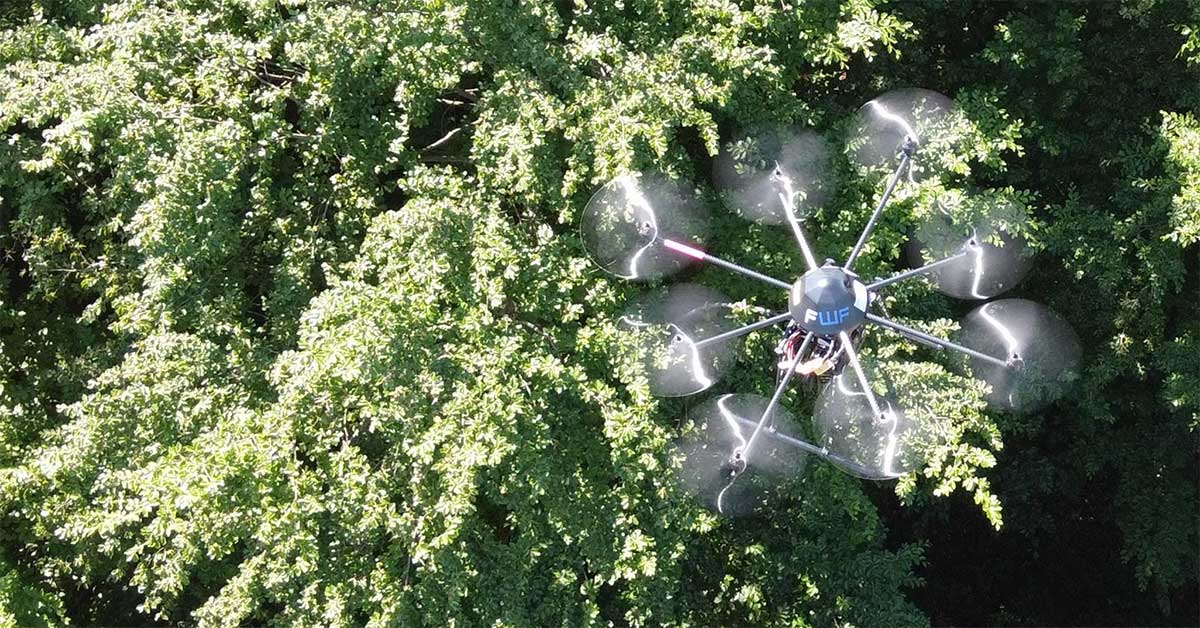
uav drone application instructions
Unmanned Aerial Vehicles (UAVs), commonly known as drones, have revolutionized various industries with their versatile applications.
These remotely operated aircraft have become increasingly popular due to their ability to perform tasks efficiently and cost-effectively.
In this article, we will explore the wide range of UAV drone application, providing detailed descriptions and examples.

Agriculture
UAV drones have transformed the agricultural industry by offering farmers a new level of precision and efficiency.
They can be equipped with sensors and cameras to monitor crop health, detect diseases, and assess irrigation needs.
Drones can also be used for aerial spraying of fertilizers and pesticides, reducing the need for manual labor and minimizing environmental impact.
Example:
A farmer uses a UAV drone equipped with multispectral imaging to identify areas of a field affected by nutrient deficiencies.
The drone provides real-time data, allowing the farmer to apply targeted fertilizers only where needed, optimizing crop yield and reducing costs.
Construction and Infrastructure
In the construction and infrastructure sectors, UAV drones play a crucial role in surveying, mapping, and monitoring projects.
They can capture high-resolution aerial images and create 3D models of construction sites, helping project managers track progress, identify potential issues, and improve overall efficiency.
Drones also enhance safety by inspecting structures such as bridges and towers, eliminating the need for risky manual inspections.
Example:
A construction company utilizes a UAV drone to survey a large-scale infrastructure project.
The drone captures detailed images and creates accurate topographic maps, enabling engineers to plan the project effectively and identify any potential obstacles or design flaws before construction begins.

Search and Rescue
UAV drones have proven to be invaluable tools in search and rescue operations.
Equipped with thermal cameras and advanced sensors, they can cover large areas quickly, locate missing persons, and provide real-time situational awareness to rescue teams.
Drones can access hard-to-reach locations, such as rugged terrains or disaster-stricken areas, where human intervention may be challenging or dangerous.
Example:
In a search and rescue mission, a UAV drone equipped with thermal imaging technology is deployed to locate a lost hiker in a dense forest.
The drone’s camera detects the hiker’s body heat signature, guiding the rescue team to the exact location and ensuring a swift and successful rescue operation.
uav drone application of Environmental Monitoring
UAV drones are instrumental in environmental monitoring and conservation efforts.
They can collect data on air quality, water pollution, wildlife populations, and deforestation rates.
Drones equipped with specialized sensors can detect changes in vegetation health, helping scientists and conservationists assess the impact of climate change and human activities on ecosystems.
Example:
A team of researchers uses a UAV drone to monitor a marine protected area.
The drone captures aerial images and collects water samples to analyze the presence of harmful algal blooms.
This data helps scientists understand the ecosystem’s health and implement necessary measures to protect marine life.
Delivery and Logistics
UAV drones have the potential to revolutionize the delivery and logistics industry by offering faster and more efficient transportation solutions.
Companies like Amazon and UPS are exploring the use of drones for delivering packages to remote areas or during emergencies.
Drones can bypass traffic congestion and deliver goods directly to customers, reducing delivery times and costs.
Example:
An online retailer uses UAV drones to deliver small packages to customers in rural areas.
The drones can navigate through challenging terrains and deliver the packages within a short time frame, providing a convenient and efficient delivery service.
Conclusion
The applications of UAV drones are vast and continue to expand across various industries.
From agriculture to construction, search and rescue to environmental monitoring, and delivery to logistics, drones offer innovative solutions that improve efficiency, safety, and cost-effectiveness.
As technology advances, we can expect even more exciting applications for UAV drones in the future.
- Agriculture: Crop monitoring, disease detection, aerial spraying, irrigation assessment
- Construction and Infrastructure: Surveying, mapping, progress tracking, structural inspections
- Search and Rescue: Locating missing persons, providing situational awareness
- Environmental Monitoring: Air and water quality assessment, wildlife population tracking
- Delivery and Logistics: Package delivery, bypassing traffic congestion


